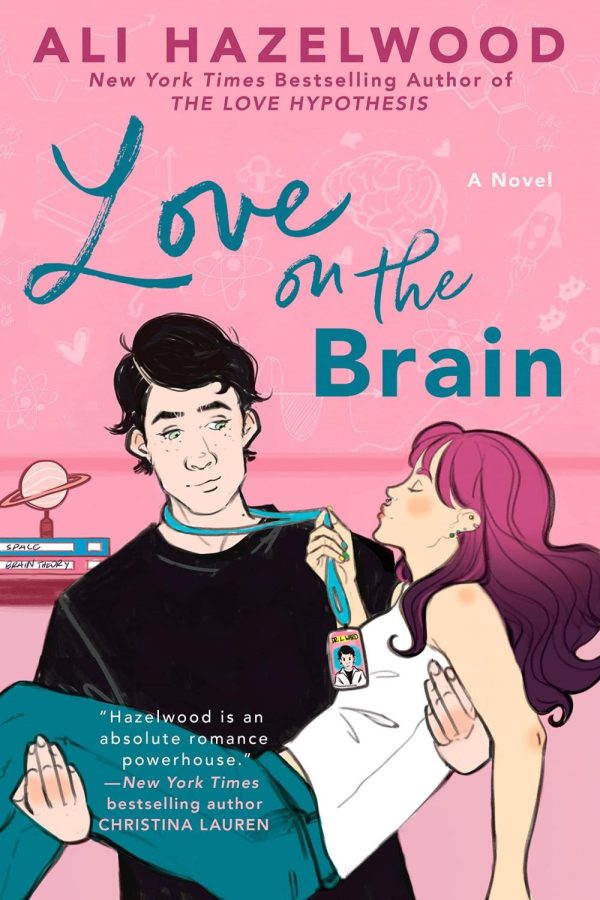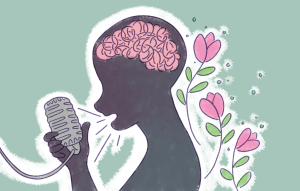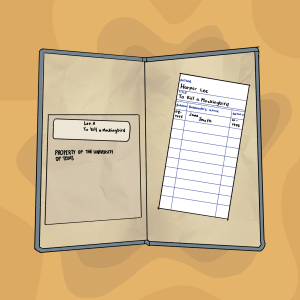“Love on the Brain” delivers fun slow-burn STEM romance
September 8, 2022
For fans of “The Love Hypothesis,” Ali Hazelwood’s “Love on the Brain” embraces similar academic aesthetics, and the blossoming of her characters’ chemistry once again takes place inside a scientific laboratory. While Hazelwood revisits these tropes, she reinvents them with new characters that seem crisp, charming and immensely complicated.
Bee Königswasser has feared love ever since her fiancé broke her heart before they were married. Now, she finds herself completely committed to science, her cats, veganism and an anonymous Twitter account where she gives advice to women in STEM under a Marie Curie alias.
When NASA invites Königswasser to work on a dream neuroengineering project, it’s the pivotal point of her career — a cumulation of all her efforts as a neuroscientist. However, her excitement tumbles into frustration when her co-lead is revealed. It’s Levi Ward, her brooding, stony grad school archenemy, who spent years making his disdain for her public.
However, as the project progresses, the alleged hateful dynamic between the two nemeses becomes unclear, and misunderstandings unravel until their relationship starts to heal. The premise poses this question: Will Bee and Levi act on their brewing feelings for each other despite their complicated past?
The beginning chapters burn slowly — almost excruciatingly — as readers witness awkward encounters between the two misunderstood characters. However, Hazelwood manages to keep readers engaged to the pivot point by blending pinches of romance and comedy in her approach.
The book’s dialogue, while quick and witty, sometimes falls flat with heavy-handed jokes. It’s cheesy to the extent that it may cause readers to cringe or feel compelled to put the story aside. While the love between the two characters eventually feels genuine, it is initially to its disadvantage that Bee and Levi’s relationship feels almost toxic in their avoidance of one another and general lack of pleasantries. Still, the author includes elements of “You’ve Got Mail” in this story, which adds romance and suspense between the modern digital, and simultaneously anonymous, side of their romantic relationship.
The plot introduces many new characters, and while an overwhelming number of storylines overlap, the prospect of a potential villain working within the lab and among the lovers proves to be an enjoyable and effective plot twist at the end.
“Love on the Brain” will stir up feelings of deep compassion and warmth for Hazelwood’s candid cast of characters while also making readers blush during scenes of raw romance.
For readers looking for a nerdy-yet-sultry story of long-anticipated romance with a bright, bubbling sense of humor, “Love on the Brain” excites until its surprising end.
3.5 brain experiments out of 5















